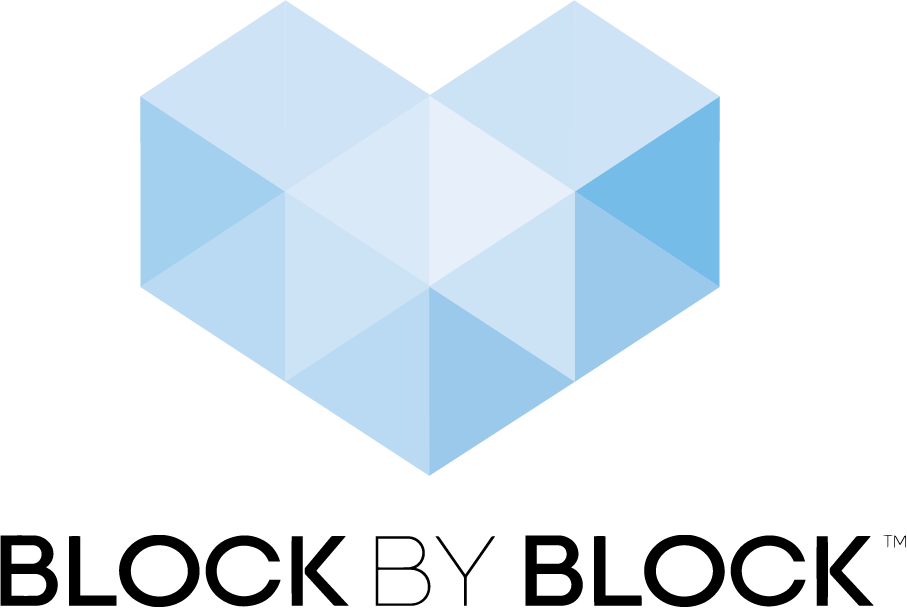Building Accessibility and Equality in Kampala
Building Accessibility and Equality in Kampala
Block by Block Workshops in Uganda transform a pedestrian area, elevate women and girls, and emphasize safety and accessibility for all.
Building Accessibility and Equality in Kampala
Namuwongo 8th Street, Kampala, Uganda
Project type: pedestrian area
Collaborators: UN-Habitat, HealthBridge, Advocates for Public Spaces (APS)
Region: Africa
Tags: accessibility, children and youth, clean water, economic opportunity, empowering women and girls, micro-interventions, multigenerational use, public health, public safety and security, public space assessment, transportation and infrastructure
Site walk-through at Namuwongo 8th Street, Kampala, Uganda. Credit: UN-Habitat
Background
Kampala, Uganda is teeming with opportunities, but many public spaces need improvements to better serve the local population. Advocates for Public Spaces initiated a public spaces survey and found that the capital city lacked adequate spaces and maintenance. In addition, women and girls reported difficulty in sharing resources dominated by men in the area.
Hundreds of pedestrians, vendors, kids, people with disabilities, and commuters cross an open field at Namuwongo 8th Street every day. The area provides ample public space, yet many factors prevent people from spending time there. The absence of street signs and accessible walkways is challenging for many, and the lack of lighting makes it feel unsafe at night. Many participants mentioned the issue of garbage, which gathers in piles on the periphery and clutters the open gutters.
UN-Habitat collaborated with HealthBridge and Advocates for Public Spaces to bring a Block by Block Workshop to Kampala, using Minecraft to gain community input and emphasize social cohesion, inclusion of women and girls, and increased safety and accessibility.
Building Accessibility and Equality, Block by Block
The workshop ran for two days in July 2018. On the first day, the group of 26 participants went on a site visit to understand the project scope, the community needs, and possible solutions. The group divided itself into mixed-gender teams of four to five people to brainstorm ideas for the public space. The participants spanned a wide age range of 12 to 76 years old, and nearly half were female.
“It is wonderful to see adolescent girls and women get engaged in re-designing public space in their communities....and how empowered they are as they present their ideas.”
After all the group presentations, the team drew up a list of priorities. Closing the open gutter was a clear request, both for pedestrian safety and to prevent garbage from blocking the flow. Participants also expressed interest in some foundational amenities, such as adding lighting for evening use and building toilet facilities. Vendors in the area sold goods from unofficial spaces with no protection from the elements, so some people recommended an organized marketplace with shade structures.
Men and women teamed up to generate ideas for Namuwongo 8th Street. Credit: UN-Habitat
Many teams expressed a desire to play organized sports in the field. Credit: UN-Habitat
“In the developing world, the planning processes are often dominated by men. Block by Block facilitates community engagement sessions using Minecraft to reach those usually excluded from those conversations, especially children, women, and the elderly.”
Progress
The participatory design workshop generated many strong ideas to reclaim Namuwongo 8th Street. Architects from KCAA incorporated the proposals into one plan to create a multi-functional street for both commercial and social activities. Construction involved safe water infrastructure, accessible walkways, garbage clean-up, organized sports fields, and general efforts to open the space to all.
Community members work to clean up garbage and build a safe walkway. Credit: UN-Habitat
“Public spaces are the places where democratic and developmental discussions are held between community members in general. That is why public spaces are so important for our way forward.”




